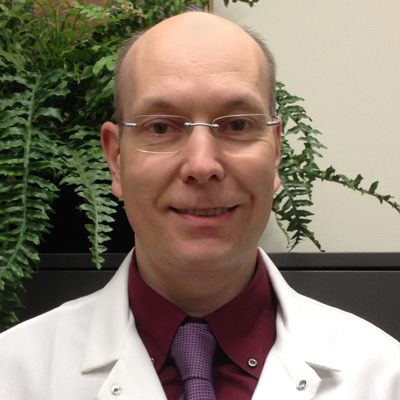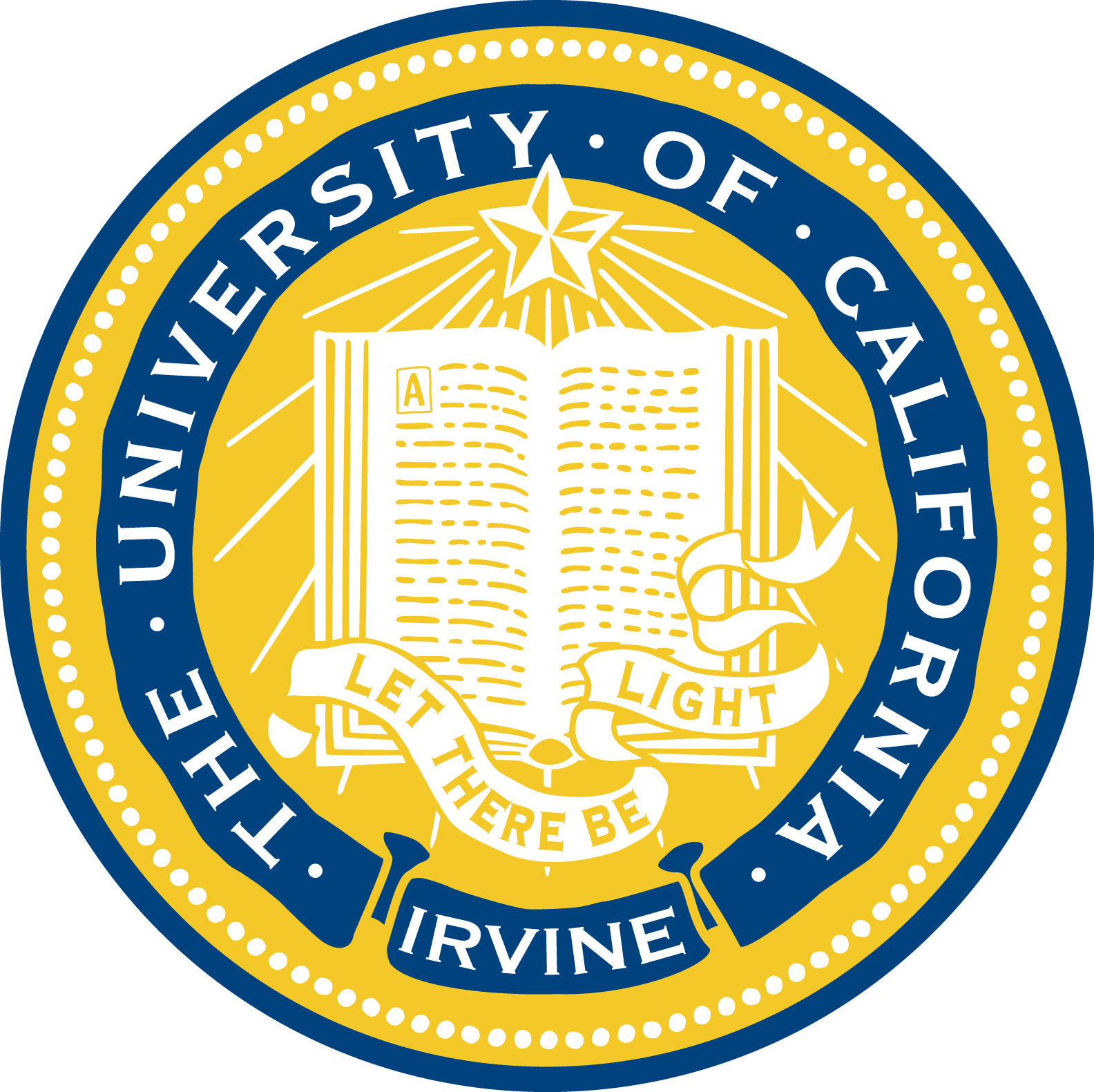How targeting ion channels may hold solutions to combat strokes, cancers, and neurological diseases
Our body is made of trillions of cells, that share the same DNA blueprint but are specialized to perform different tasks. As in a society made of multiple individuals, our cells need to constantly exchange information to coordinate their activities, while being aware of their surroundings at all times. But how does a cell detect and process information from the external world? Dr. Francesco Tombola, Assistant Professor of Physiology & Biophysics at University of California, Irvine, addresses this fundamental question, focusing on molecular events that happen at the plasma membrane, the interface between the "inside" and the "outside" of the cell. Understanding how cells in our body receive and process information from their surroundings through the activation of membrane proteins known as ion channels will provide new pharmacological targets for treating many diseases, including cancer, stroke, autoimmunity, and autism spectrum disorders.
Membrane proteins, or ion channels, allow ions to enter or exit the cell when properly activated by a stimulus. The movement of ions then triggers important biological processes such as muscle contraction, hormone release, cellular proliferation, migration, or differentiation. Malfunctioning ion channels can thus render a cell unable to detect external signals, or cause the cell to respond to signals in the wrong way, for example by proliferating excessively, by migrating to the wrong location, or by shutting down defenses against invading pathogens. In collaboration with prominent researchers like Drs. Medha Pathak and Lisa Flanagan at UC Irvine and with the Center for Autism Research and Translation, Dr. Tombola and his team are currently investigating two ion channels that respond to physical cues: the Hv1 channel, which is activated by electrical signals, and the Piezo1 channel, which is activated by mechanical stretch of the membrane. Ultimately, Dr. Tombola hopes to bring to the table the unique perspective on ion channels and the interdisciplinary approach, to identify new therapeutic targets that may be overlooked by more traditional approaches.
Current research includes:
- Anticancer Drug Development Targeting Hv1 Channel: Hv1 proteins serve many critical functions like regulating the activity of enzymes that help facilitate our immune response and boosting sperm cell motility. However, enhanced Hv1 activity correlates with lower survival in patients with several types of cancer, such as B-cell malignancies, and breast and colorectal cancers. Excessive Hv1 activity also increases the metastatic potential of cancer cells, and in the brain, Hv1 is found to worsen brain damage in an animal model of ischemic stroke. Therefore, Dr. Tombola and his team are currently studying how the Hv1 channels work at the molecular level, to develop Hv1 inhibitors for applications as anticancer drugs and as neuroprotective agents by bringing down the concentration of Hv1 proteins where they are over-expressed. In the next two years, he hopes to identify these Hv1 inhibitors and to begin testing their efficacy and potential side effects in animal models.
- Neural Stem Cell Transplant Therapy: The irreversible loss of neurons is a common problem in neurodegenerative diseases. Stem cell therapy aims at replenishing lost neurons by transplanting stem cells. The ability of these cells to generate neurons after transplant is key to successful treatment. Piezo1 channel plays a key role in converting mechanical force into biological signals in a variety of cell types, and in collaboration with Dr. Medha Pathak and Dr. Lisa Flanagan at UC Irvine, Dr. Tombola and team have recently found that neural stem cells rely on Piezo1 activity to interpret mechanical cues from the surrounding environment and to decide whether to differentiate into neurons or astrocytes. Currently, the team is investigating whether Piezo1 can be used as a pharmacological target to improve the outcome of stem cell transplant therapy.
- New Diagnostic Tools for Autism Spectrum Disorder (ASD): Rapid and accurate screening to diagnose children with ASD is critical, since enrollment in early intervention programs can improve outcomes. As part of the UCI Center for Autism Research and Translation (CART), the Tombola and Flanagan labs are working to develop new cell-based diagnostics for ASD, and are currently testing two complementary electrophysiological measures to determine whether they distinguish ASD and control cells through resources available at CART's core services. In the next few years, Dr. Tombola hopes to accomplish proof-of-concept assessment of this diagnostic approach for early detection of ASDs.
Bio
Dr. Francesco Tombola is an Assistant Professor of Physiology & Biophysics in the School of Medicine at the University of California, Irvine. He has received his Ph.D. in Cell Biology & Pathology from the University of Padua in Padua, Italy, and is a member of the American Association for the Advancement of Science, American Chemical Society, American Physiological Society, American Heart Association, Biophysical Society, and Italian Scientists & Scholars of North America Foundation.
Dr. Tombola knew he was meant to be a researcher since he played with his first chemistry set as a kid. There was simply nothing that excited him more than experimenting with new chemicals and observing samples under a microscope. After completing his college education in chemistry, Dr. Tombola spent one year as an intern in the clinical laboratory of a military hospital. There, he realized that the molecular mechanisms behind many diseases were poorly understood, and he developed a strong interest in biomedical research. He decided to pursue a Ph.D. in cell biology and pathology and postdoctoral studies in the field of ion channel physiology, which then led to his current research.
Outside of his lab, Dr. Tombola enjoys oil painting and continues to merge his creativity with science.
For more information, visit http://www.faculty.uci.edu/profile.cfm?faculty_id=5609
Publications
Awards
American Heart Association WSA Postdoctoral Fellowship, 2004-2006
University of Padua Postdoctoral Fellowship, 2002
Young Researcher Award of the University of Padua, 2001
Italian National Research Council Fellowship, 2001
Doctoral Fellowship of the Italian Ministry of Education, 1997-2000
Patents
U.S. Patent No. 61/754,906: "Inhibitors of the Hv1 channel as chemotherapeutics and anti-inflammatory agents"
Provisional: January 21, 2013, Utility: January 21, 2014.
U.S. Patent No. 62116627: "Direction of stem cell differentiation via Piezo1"
Provisional: February 16, 2015.


